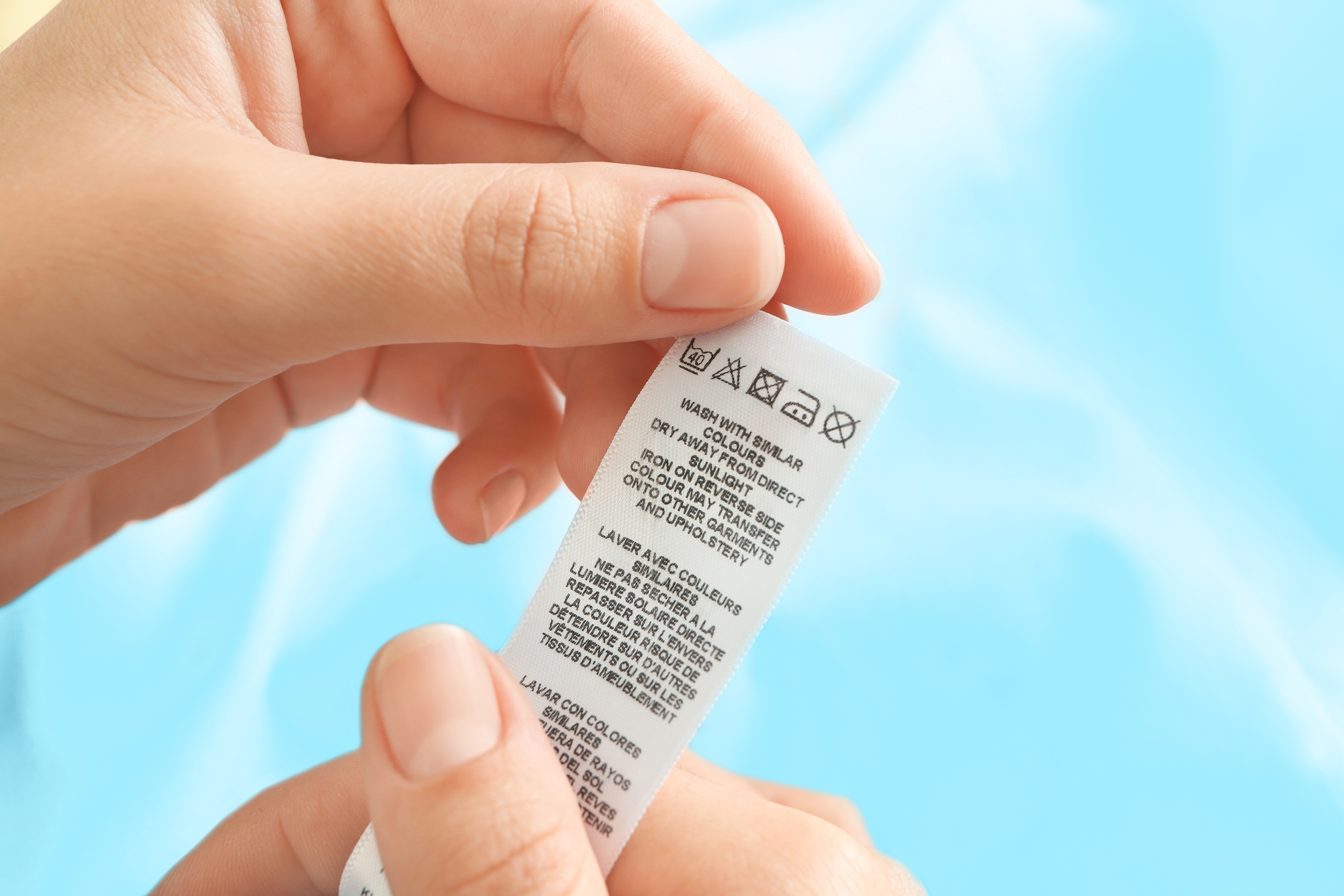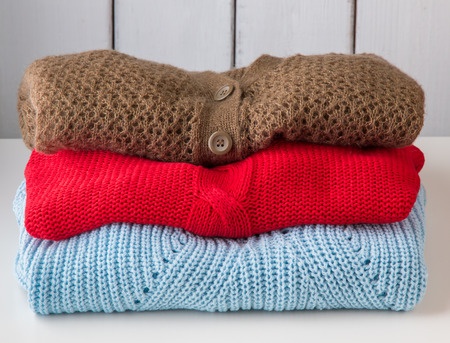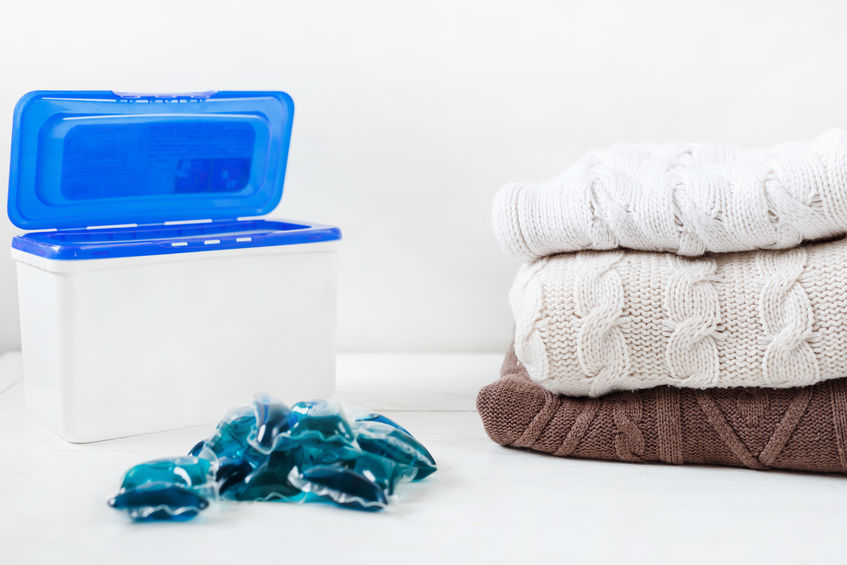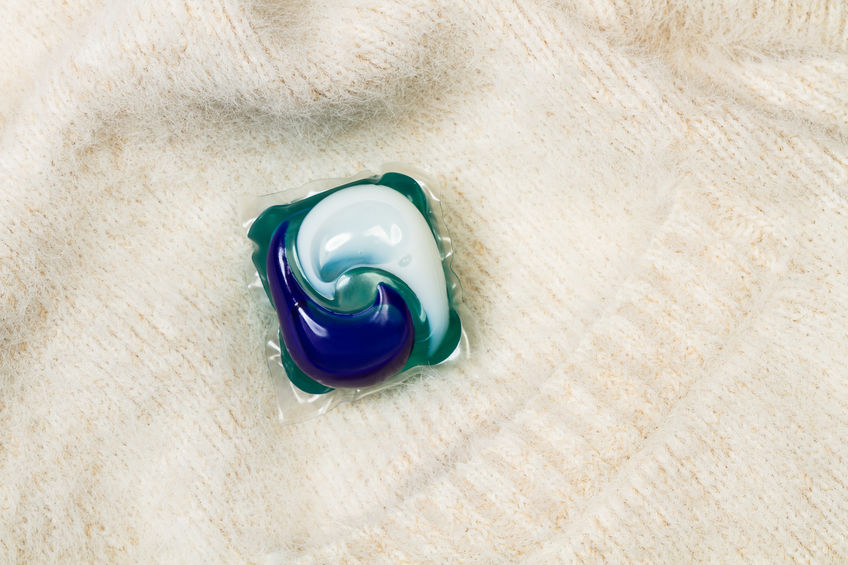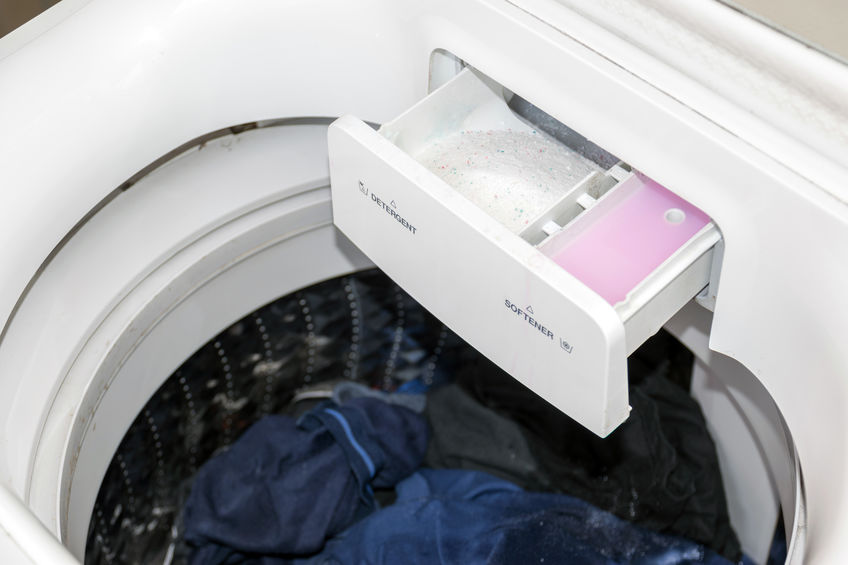How to Wash Sweaters
How to wash sweaters. You know they need a bath. They've been worn a few times and need a date with the washing machine.
But you hold back, not wanting to lose that new look and feel.
Sweaters are a little harder to care for than most garments. They can shrink; they can stretch; they can pill. And the softer the sweater, the more delicate.
Don't worry - sweaters can survive the laundering process - and even come out looking good - if you know how to wash sweaters by fabric type.
This guide will have you washing acrylic, angora, cashmere, chenille, cotton, silk and wool like a pro in no time.
Read the Sweater Care Label
Your first act before washing a sweater: Read the label. Then follow the instructions very, very carefully. If the label says "Dry Clean Only," dry clean it. (However, if it says "Dry Clean," you may be able to hand wash it.)
To hand-wash, gently swish the sweater around in the sink or tub. Do not rub or wring. Rinse thoroughly, then roll the sweater in a towel and press gently to remove excess moisture.
Sweaters can be machine-washable, hand-wash only, or dry clean only.
First of all - just because dry cleaning is expensive does not mean it's the best care for all sweaters. The dry cleaning chemicals can build up on some fibers and leave them stiff. Probably not the look you're going for.
Sweaters are a little harder to care for than most garments. They can shrink; they can stretch; they can pill. And the softer the sweater, the more delicate.
Harder, tighter yarns are more durable than soft, loose ones, which tend to stretch easily.
Here are general laundering guidelines on how to wash sweaters in case your sweater's care label is no longer legible.
How to Wash Sweaters by Fabric Type
Here's how to sweater wash by fabric type:
- Acrylic: Acrylics are manmade fibers that can stretch when subjected to heat. Wash as directed on the label (usually in warm water). Then either lay the sweater flat to dry or tumble dry on low if the label says that's OK. If it needs ironing, iron inside out on low heat and be careful not to stretch it.
- Angora: Angora is a blend of rabbit hair and synthetic fibers. It's very prone to shrinking, so this is one sweater you should consider dry cleaning. If the label says it can be washed, don't put it in the machine. Instead, hand wash in gentle laundry detergent and lay flat to dry.
- Cashmere: Cashmere is goat hair blended with wool or synthetic fibers. Often, you can wash cashmere on the machine's delicate cycle in cold water. Roll in a towel to squeeze out excess water, reshape, and dry flat away from sunlight or direct heat.
- Chenille: If you want chenille sweaters to stay soft, don't put them in the washing machine - even if the label says it's OK. The rubbing caused by the machine's agitation can damage the fibers and make them snag or feel rough. Instead, hand wash inside out and lay flat to dry.
- Cotton: Hand- or machine-wash cotton sweaters in cold water with color-safe bleach. Lay flat to dry. If ironing is needed, iron while damp.
- Silk: Some silk sweaters can be washed in the delicate cycle, in cold water, and dried flat on a towel. But it may need ironing afterward. If so, use the iron's cool setting.
- Wool: Some wool sweaters can be washed; others cannot. Shetland and Merino wools can usually be washed in cold water without bleach, on the most delicate machine cycle. Agitation can cause them to shrink. Check the label. Lay flat to dry. If ironing is needed, use the iron's wool setting.
When in doubt about what water temperature to use, choose a cold water wash. Use a laundry detergent formulated for delicates.
Sweater Wash and Drying Tips for Success
Hand-wash only sweaters should be dried flat. Machine-washable sweaters can sometimes be dried in the dryer on low heat. Check the care label for which method is recommended for yours.
- Wash inside out to reduce pilling. Pilling happens when synthetic clothes shed small fibers in the wash cycle that ball up and cling to the surface. Remove these post sweater wash pills with a sweater pill shaver, or carefully trim away with scissors. To prevent future pilling, use a fabric softener in the washer or dryer to lubricate fibers. Or better yet, use a mesh sweater laundry bag to protect it during the wash cycle.
- Machine drying: After a sweater wash, if you put your sweater in the dryer, choose the low heat setting and remove it when it's almost dry.
- Flat drying: Place on a sweater drying rack and reshape it as much as possible. Do not dry near heat or in direct sunlight. Check it occasionally to make sure it's not shrinking as it dries. If it does, pull it back out to its original size. (Mark the outline on your rack with tape.)
- Storage: Don't put a sweater away dirty. This makes it more attractive to
pests. It also allows stains time to set. Once a sweater is clean, fold to store it. Hanging causes sweaters to stretch out of shape.
- To make sweaters last longer, air them out at least 24 hours after wearing. Fold and store out of direct light.
- Clean Home
- Laundry
- Washing Sweaters
